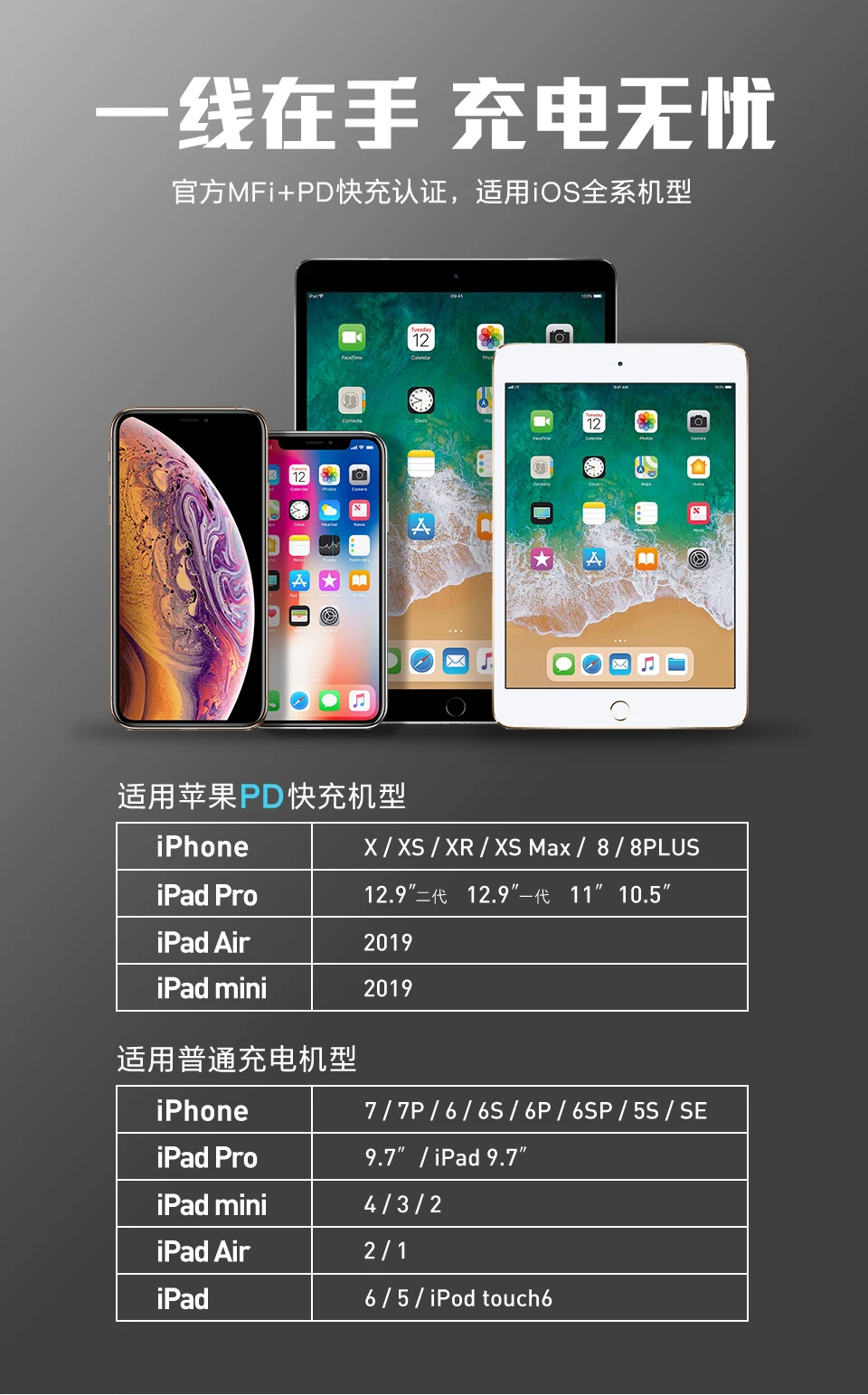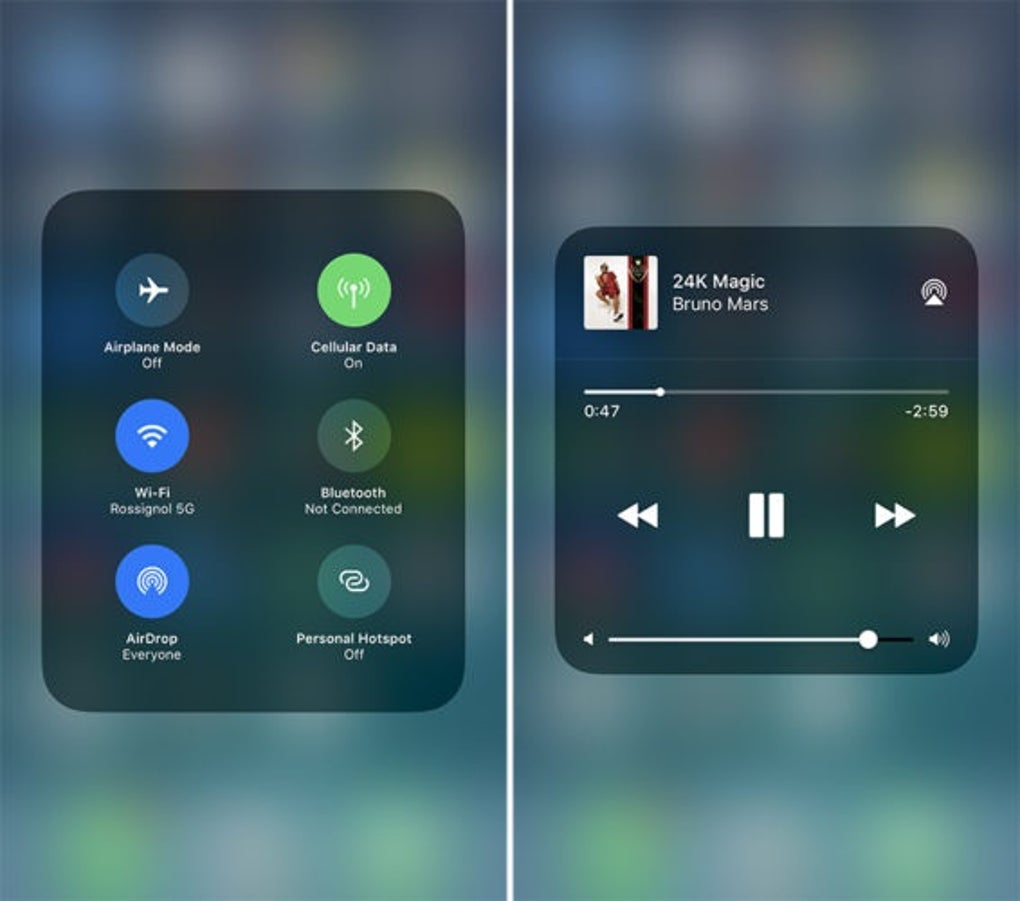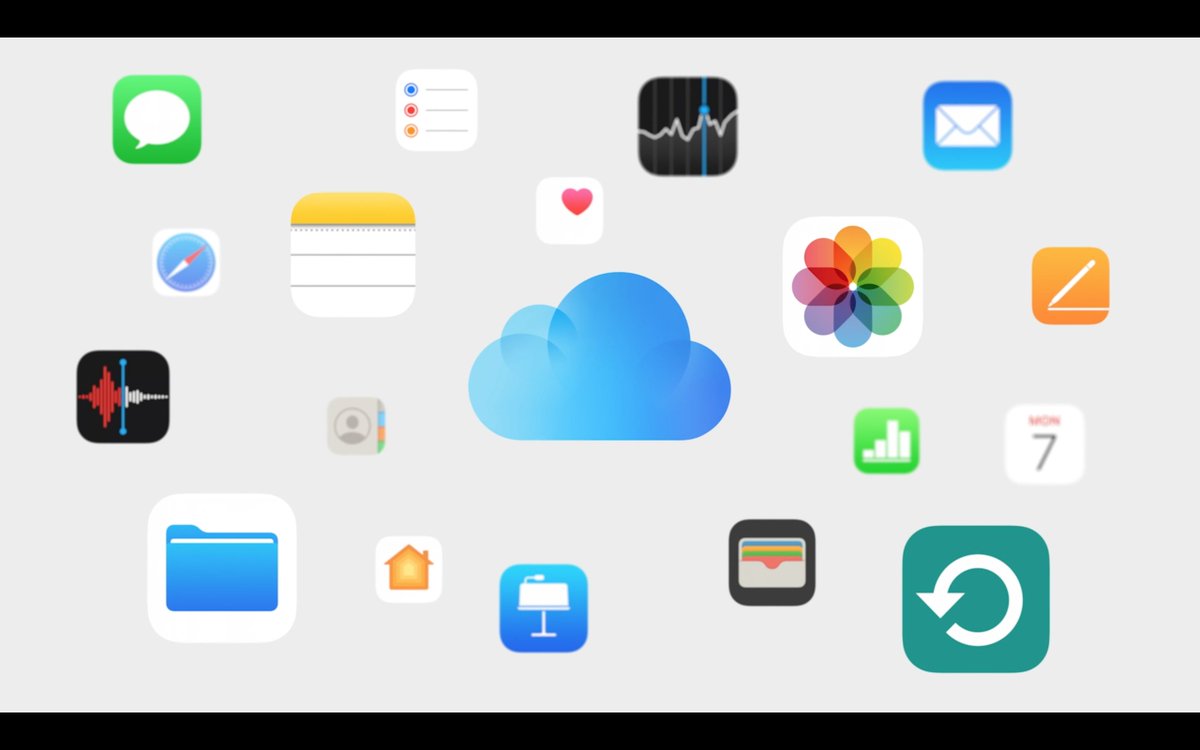
Note: iOS 10.3.3 and iOS 11.0 data is rounded to the nearest tenth of a second.Īs usual, our first tests compare app launch times. If trying this at home, your absolute test results may differ slightly from ours, but your relative results should be similar. In the case of the iPhone 5S, we also have data from last year’s iOS-10-to-iOS-11 comparison-we’re using exactly the same 16GB iPhone to test iOS 12, which means we don’t need to worry about the normal differences between units (like total storage capacity or NAND chips from different manufacturers or manufacturing runs).

But with iOS 12 this year, we’re testing an iPad Mini 2 and iPhone 6 Plus in addition to the old 5S to get an idea of how well Apple was able to improve the responsiveness of these older devices, many of which are still in use as secondary phones and tablets or hand-me-downs (or by people who just see no particular reason to upgrade).Įach device was signed into a test iCloud account and allowed to fully sync mail, bookmarks, notes, and other data before being tested, and every device has a gently used battery that should be unaffected by battery-related slowdowns. Later Apple chips-from the A8X in the iPad Air 2 and the A9 in the iPhone 6S and 6S Plus onward, approximately-remain more than fast enough to run iOS 11 without any huge degradation of performance. The upshot is that those devices can often feel sluggish or laggy compared to subsequent models. And the A8 in the 6 Plus draws a 2208×1242 image which is then downscaled to the phone’s 1080p screen that means using a CPU that was around 25 percent faster than the A7 and a GPU that was only 50 percent faster to support a phone with 277 percent as many pixels.


In the iPads, the same A7 CPU and GPU that powers the iPhone 5S’ screen has to adequately support a tablet with more than three times as many pixels. Further Reading iOS 12, thoroughly reviewedīut at the time, some of you asked us to test a handful of other older iOS devices, particularly the A7-equipped iPad Air and Mini 2 and the A8-equipped iPhone 6 Plus.


 0 kommentar(er)
0 kommentar(er)
